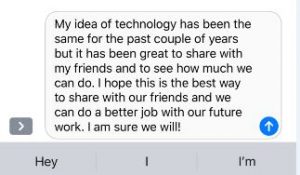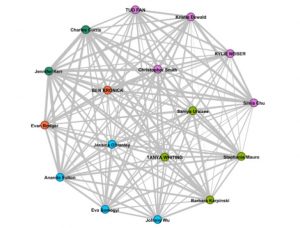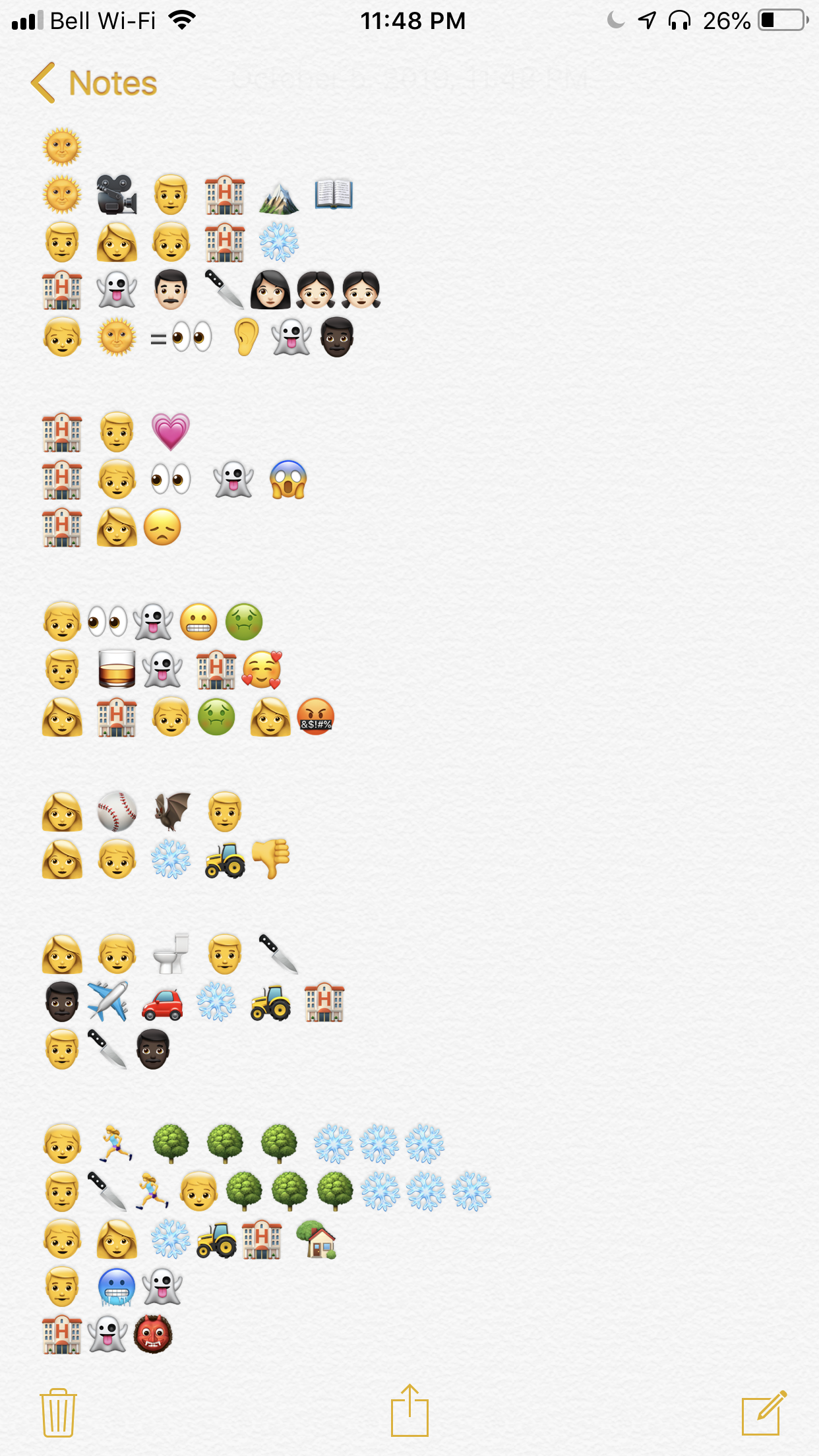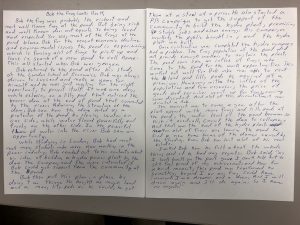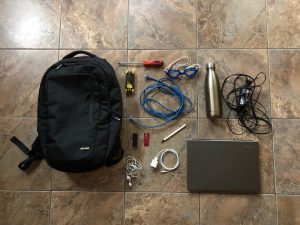Task 3
Here is the link to the voice to text story I made in Google Docs. Below are the answers to this week’s questions and some reflections on the task and readings.
What would you have done differently if you have had the chance to script the story?
My story was called “Bob the Frog Sees into the Future.” Beyond creating a title before I started, the story was completely unscripted and improvised. I set my watch and recorded voice to text in Google Docs for 5 minutes. I typically enjoy making up and writing stories, but I found speaking and making up the story very challenging when trying to come up with a coherent piece. If I had scripted the story, or at least had some bullet points to hit, I could have better developed a story arch (a beginning, middle and end) that would have helped guide me.
What are the most common “mistakes” in the text?
In the text, what stood out was the lack of punctuation. Without periods and commas, it was difficult to tell where a sentence or idea started and stopped. This would be obvious to someone listening to me, but it did not translate to voice to text. I would have to say the punctuation to make the text conform to writing conventions. I also noticed a lot of words were misheard by voice to text for example: he = she, pond = pain. The past and present tenses were either misheard or I was switching back and forth, so it was inconsistent.
Why do you consider these “mistakes”?
I consider these mistakes because of the conventions of writing and grammar that I have learned. The story shouldn’t shift tense and mishearing key words limits the reader’s ability to comprehend the story. There were also rules of writing that were not adhered to including capitalization of words, sentence structure and punctuation. As a written piece it would require the reader to try to decipher where sentences and ideas begin and end.
In what ways does oral storytelling differ from written storytelling?
Oral storytelling requires more memorization. As the story is not written down or scripted you need to have the ability to remember the details or key points of a story. Oral storytelling also provides the opportunity to add an element of performance to a story. A good storyteller could use different voices for characters or change the tone of their voice to add flavor, drama and atmosphere.
Reflection on this task and the articles this week.
I entered the readings and task this week with the thought of speech as being secondary to writing. I think this comes from my education experience where learning is equated to reading and learning from texts. In the articles we looked at, we see how it was the written word that allowed ideas and information to be documented and shared, civilizations to form, languages in text form could proliferate and survive, and the modern idea of education and literacy developed. There was an interesting point made in Ong, Taylor & Francis (2002) regarding trying to understand oral language through writing that “you cannot without serious and disabling distortion describe a primary phenomenon by starting with a subsequent secondary phenomenon and paring away the differences” (p. 8). The article also made an interesting point regarding the nature of learning in an oral culture where ideas and skills are passed on by apprenticeship, listening and repeating. While in cultures with writing you learned by studying text. If I think of this is modern education, I can see the idea of learning by rote versus hands on and experiential learning. After finishing the task and readings, I had more of an appreciation of speech and the oral tradition, and I think we are entering a time where speech and oral learning will be given greater value. I recently listened to a podcast with Malcolm Gladwell where he mentioned tat his new book is selling more in audio form than the text version.
As I read through everyone’s “What’s in my Bag” post last week, I was struck by how many people mentioned listening to podcasts. I think this is an example of the application of technology that brings back an oral tradition. Perhaps, we will see a rebirth of oral traditions, oral literature, entertainment and learning. Previously, a language had to be written to survive. Perhaps recording technology can help preserve languages. Or at least there will be more of a balance between speech and text. And when it comes to language learning there are new apps that utilize technology for speaking and listening as mentioned in the Preserving Indigenous Language podcast.
